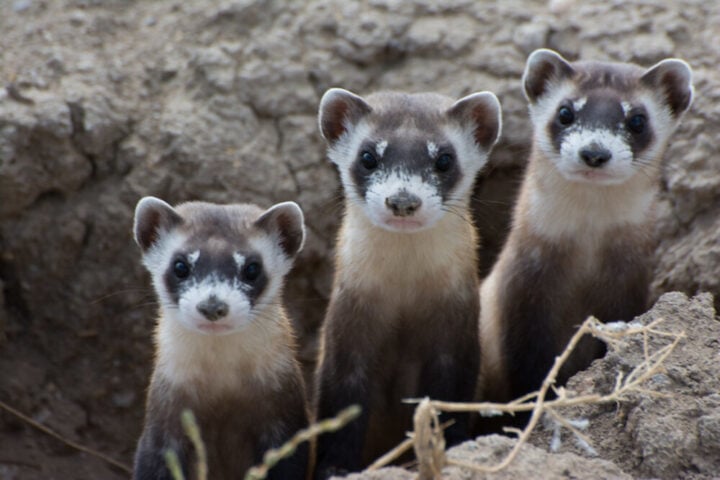The Spotted Lanternfly, an invasive insect wreaking havoc on crops and native plants, has made an unwelcome appearance in Cleveland, Ohio, notably in St. Joseph Cemetery. Ohio State University (OSU) researchers Thomas deHaas and Ann Chanon identified a “significant infestation of nymphs”, the juvenile form of the lanternfly, on July 15.
Native to Asia, these insects pose a critical threat to Ohio’s agriculture, specifically grapevines, fruit trees, and a myriad of other plants. The lanternfly’s unique lifecycle, starting with the laying of eggs in October and extending through winter, contributes to the difficulties in controlling their spread. By spring, the nymphs hatch and evolve through four stages, transforming from black and white spotted creatures into mature insects with red bodies decorated with white dots and black stripes.
Since first being identified in Pennsylvania in 2014, the spotted lanternfly has crossed state borders into Ohio, now found in most Pennsylvania counties and areas in other Northeastern and Midwestern states. OSU’s Extension will conduct a learning session this summer, aiming to equip individuals with the skills to identify these pests. Reports from the Ohio Department of Agriculture (ODA) suggest an extensive infestation in Cincinnati and a probable infestation in Cleveland. However, Central Ohio appears to have dodged the infestation bullet, for now.
Citizens play a pivotal role in managing this invasive species. The ODA encourages anyone suspecting a spotted lanternfly infestation to take a picture or collect a sample, then report it using the available resources. Even in areas where infestations are already known, like Cleveland, any new sightings can help track the spread and growth of these insects. In areas where the lanternfly presence is yet unconfirmed, physical samples could be invaluable for research.
Similar Post
According to national lawn care company, TruGreen, the Cleveland-Akron-Canton metro area and Youngstown are among the top 20 US cities most likely to be impacted by spotted lanternflies, ranking 11th and 18th respectively. Columbus also finds its place in this less-than-desirable list at 20th.
With the peak activity period of adult spotted lanternflies ranging from July to December, and the egg-laying phase extending from September to November, timely intervention is crucial. The USDA recommends diligent inspection of trees and plants for any signs of the pest. As Ohio fights back against the spotted lanternfly invasion, public awareness and participation may indeed be the crucial factors determining the state’s success in this ecological battle.

















![Representative Image: European Starling [49/366]. Photo Source: Tim Sackton (CC BY-SA 2.0)](https://www.karmactive.com/wp-content/uploads/2025/04/Starlings-Drop-82-in-UK-Gardens-as-Birdwatch-2025-Reveals-Record-Low-Count-Since-1979-720x480.jpg)
